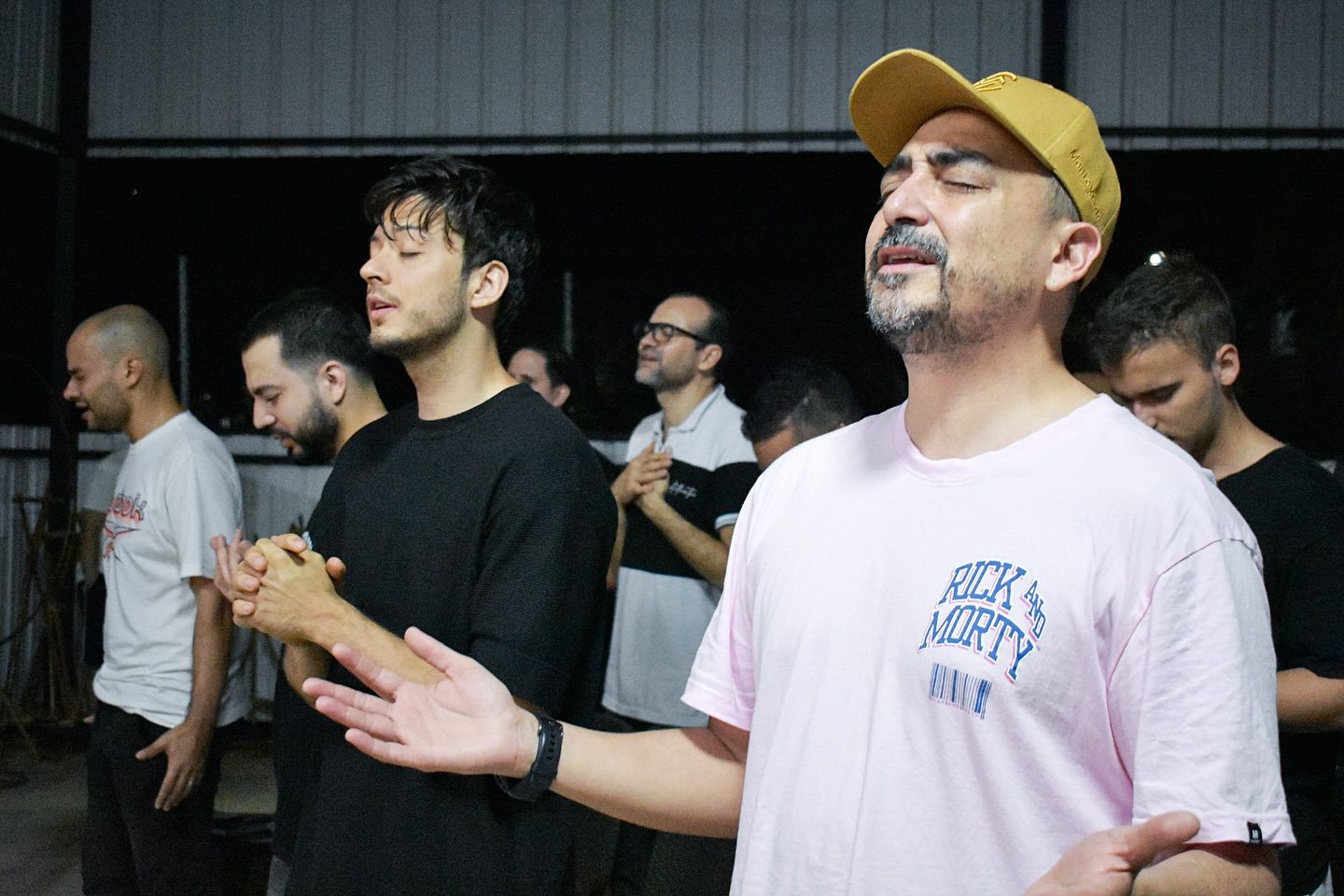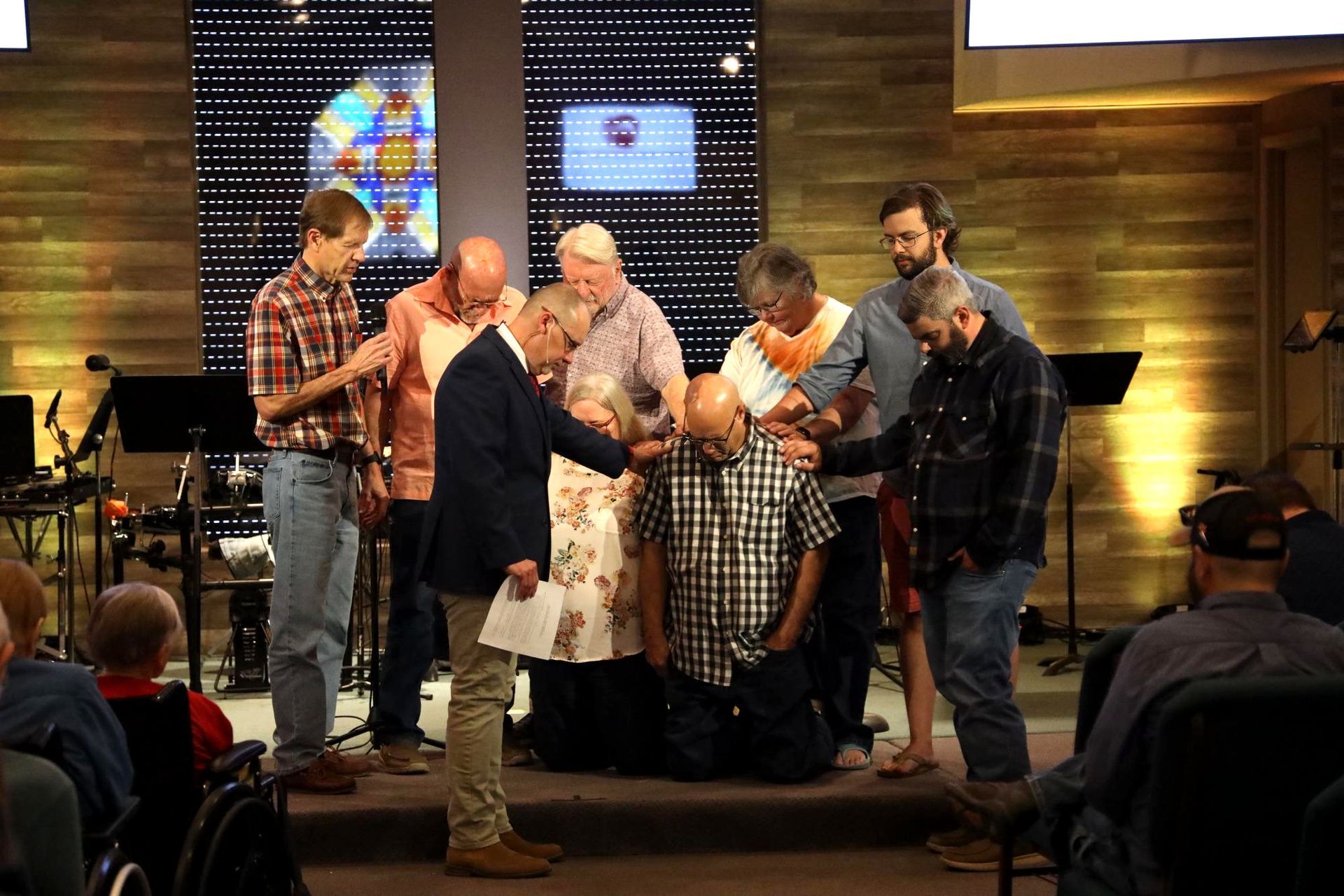The Brethren and World War I
In August 1914, European diplomacy became dysfunctional, and the world sunk into violence. Sir Edward Grey, the British Foreign Minister, famously remarked that “the lamps are going out all over Europe.”
Grey was prophetic, and the lights went out quickly. Almost within hours, it seemed, men disappeared from civilian life. Restaurants, stores, and shops closed due to a lack of labor, while other workplaces shut down because their suppliers were short of manpower. German unemployment shot from 2.7% to 22.7%. Almost immediately a cash shortage developed as banks, encouraged to fund the war, limited withdrawals. Even the wealthy had empty wallets because they could not cash a check, and they walked rather than hopping a cab. In twenty minutes call-ups to the French Army were stripped of civilian clothing, bathed, uniformed, and sent to their units. On a more ghastly level, huge casualties came quickly, and 1914 was the bloodiest year of the war.
When in 1917 the United States went over there, the bloody whirlwind similarly entrapped ordinary Americans. The Brethren family of denominations—at this point the Brethren Church, Church of the Brethren, and Old German Baptist Brethren—faced two particularly difficult problems: hostile public opinion and government pressure on conscientious objectors.
Brethren troubles stemmed from the nature of the war. In World War, I modern, industrialized nation-states mobilized all of their impressive resources for a struggle to the death, and civilians were just as important as soldiers. Workers made uniforms, farmers fed soldiers, and taxpayers paid for everything. Public opinion perceived civilians on the sidelines as less than the requisite 100% Americanism, as it was called, and as security threats.
In this militant atmosphere, public opinion had little tolerance for the Brethren, at least those who held to traditional nonresistance. 100 % Americans smeared Brethren and Mennonite church buildings with yellow paint, and sometimes German language services became impossible. Just before H. C. Early mounted the platform to preach at Church of the Brethren Annual Meeting, he received a warning that government spies were present.
Small wonder, then, that conscientious objectors suffered. The draft law provided no opportunity to declare conscientious objection, and, instead, officials required all drafted men to report to camp, at which time CO’s could make their claim. Officials discouraged conscientious objectors and wanted CO’s to enter uniformed non-combatancy rather than church-run alternative service.
Those who could not wear a uniform paid a high price for their scruples. Treatment varied from camp to camp, often dependent upon the attitude of local officers. Some CO’s were detained for a week or so, then sent to work in the kitchen. Others were harassed more seriously. One was tossed from a blanket until he fell off and broke his arm. Fourteen young Church of the Brethren men, nine Old Order German Baptists, and one Brethren Church member were sent to Fort Leavenworth prison. Maurice Hess of the Old German Baptist Brethren was held in solitary for 38 days and shackled to the bars for nine hours each day. Two Hutterites, Joseph and Michael Hofer, died from their treatment at Leavenworth. The Church of the Brethren issued a pamphlet urging draftees to remain faithful to the denomination’s nonresistant position, but when the Department of War threatened it with treason and prison, the church retreated from the document. The war to end all wars was very difficult for those conscientiously opposed to participation in it.
Most Brethren young men, however, entered military service as combatants. By all accounts, American soldiers demonstrated bravery, fought hard, and provided new energy that tipped the outcome. But they were poorly trained, commanded incompetently, and endured a logistical nightmare. Some, for example, first fired their weapons only when they went into combat. In the words of a German intelligence officer, American soldiers were "healthy, vigorous, and physically well-developed," but their advancing "thick columns" made "excellent targets." Americans soldiers, including Brethren, were hard fighters, poorly led.
In the end, it could have been worse for Americans and the Brethren. The United States lost 116,000 men in the war, a high number considering the few months of American combat, but the Russians lost a staggering 3.5 million soldiers and civilians, the Germans 2.5 million, the French 1.5 million, and the British one million.
In sum, the story of the Brethren during World War I shows the shocking capacity of modern war to impact innocent civilians, both non-resistants, and combatants. Thankfully, the Brethren did not suffer like Europeans, but their experience was bad enough. As Brethren peacemakers commemorate the centennial of the Armistice, perhaps the best way for them to forestall a similar tragedy is to stay informed about world events and to remember that modern war can come without warning but with severe consequences.










